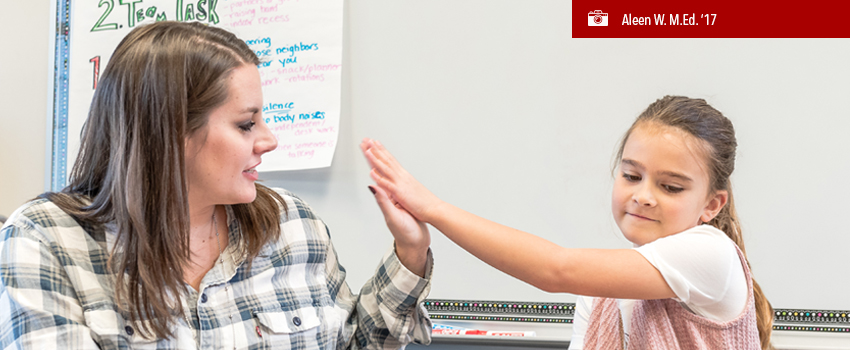Teacher Tone and Authentic Presence

“When will the floors be finished from being waxed? I really need to get my classroom ready!”
For many school Custodians, this question from teachers becomes a recurring nightmare especially in early August. Creating a welcoming, safe learning environment is a well-known teaching standard expected of school educators. Many teachers spend every early August preparing their classrooms to look and feel a certain way prior to the addition of students. It is a reality for teachers to pay out-of-pocket for friendly decorations, additional resources, and even special seating to encourage comfort with their incoming students.
Establishing your Teacher Tone
In this preparation work, we also need to prepare ourselves for the work that is unseen. The reflective work that requires us to consider the tone of our classroom and what we hope to achieve with our students in the classroom. Our teacher tone. This isn’t the sound we use when we speak (although, that does matter). No, this teacher tone sets the atmosphere of the classroom, and of the people gathered in the space. A favorite educator/writer, Sylvia Ashton-Warner speaks of tone as a “climate of the soul.” Tone is the manner in which we respond to our students, the situations in our space and the demeanor we present ourselves consistently.
The most important preparation
In today’s classrooms, it is even more important for us educators to understand and prepare ourselves, and our tone – for the challenges can be overwhelming. However, there is no need to let this feeling overtake us, because God’s got it, and He continues to work it all for good. We should take heart in that truth. Those daily classroom frustrations may actually be leading our students to amazing stories ahead!
We have been told that teachers make the most impact on student’s future academic success. Why is this? It is because of the positive connections teachers make with students. Here is the tricky part though, connections require authentic presence. Students know when we are faking it. To develop strong relationships and make the most impact, we have to be present and we have to be real. Our carefully developed honest feedback will be why students connect with us and why they will make exceptional growth.
Building your connection with students
I believe there is more to the story and we, the educators, have to dig into getting to know these stories. We have to listen. We have to observe. We have to make the effort to connect, EVERY DAY.
So what about the tough ones? How do you connect with the hardest students? The ones who shut down when you approach, or the ones who become verbally or physically aggressive? How are we to connect with them? I believe there is more to the story and we, the educators, have to dig into getting to know these stories. We have to listen. We have to observe. We have to make the effort to connect, EVERY DAY. I can’t say it’s going to solve everything, but I can say that by trying, we are showing up and trusting that God truly does have it. I believe Parker Palmer has the best answer for these hardest to reach students.
“Behind their fearful silence, our students want to find their voices, speak their voices, have their voices heard. A good teacher is one who can listen to those voices even before they are spoken—so that someday they can speak with truth and confidence.”
About the Author
Carrie Thonstad serves as the Licensure Official and is an Instructor of Education for both undergraduate on-site education courses and online graduate education courses. She has experience as a teacher, mentor, reading specialist, principal and online education instructor. As much as she loves developing her abilities to connect with students, she is passionate about encouraging and guiding other teachers in their impact.
Want to learn more about how you can grow as an educator through an M.Ed. program? Explore our programs.
